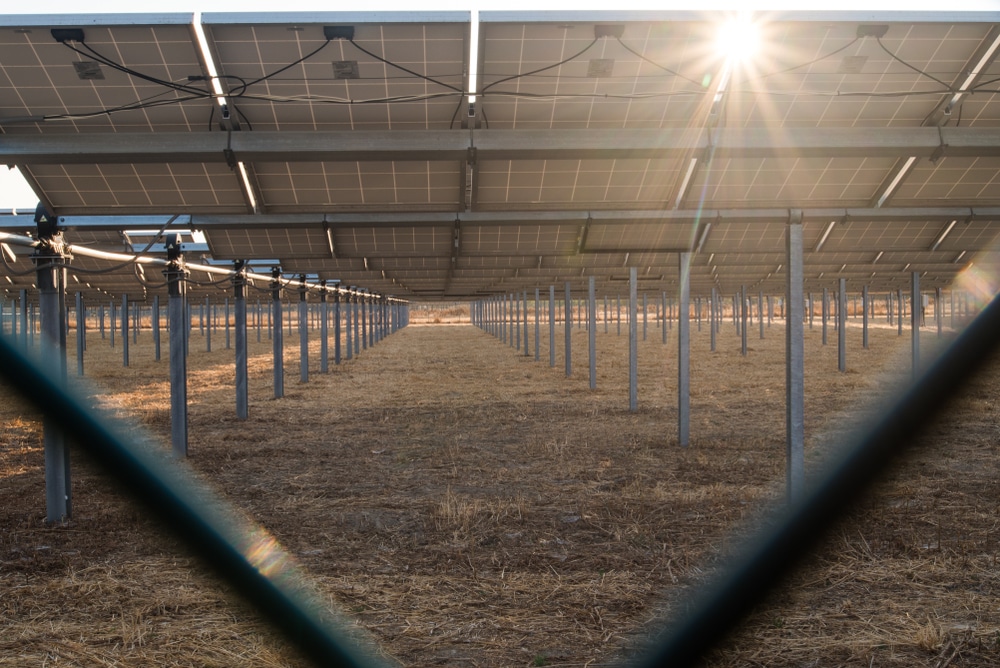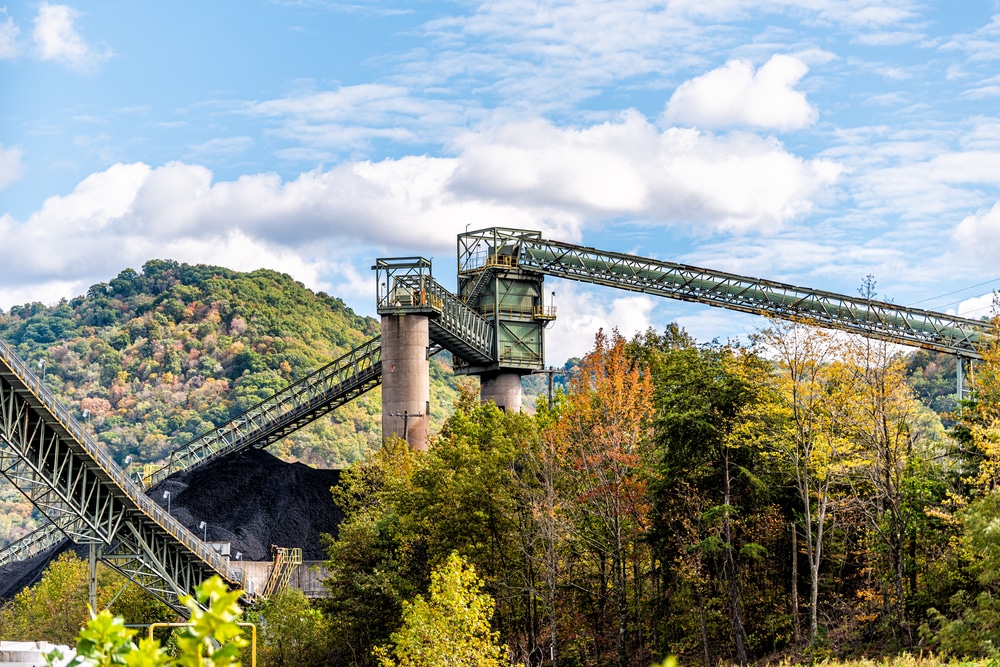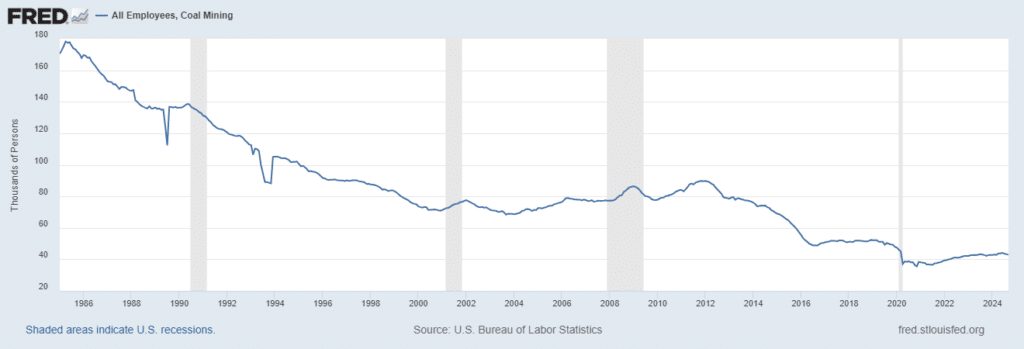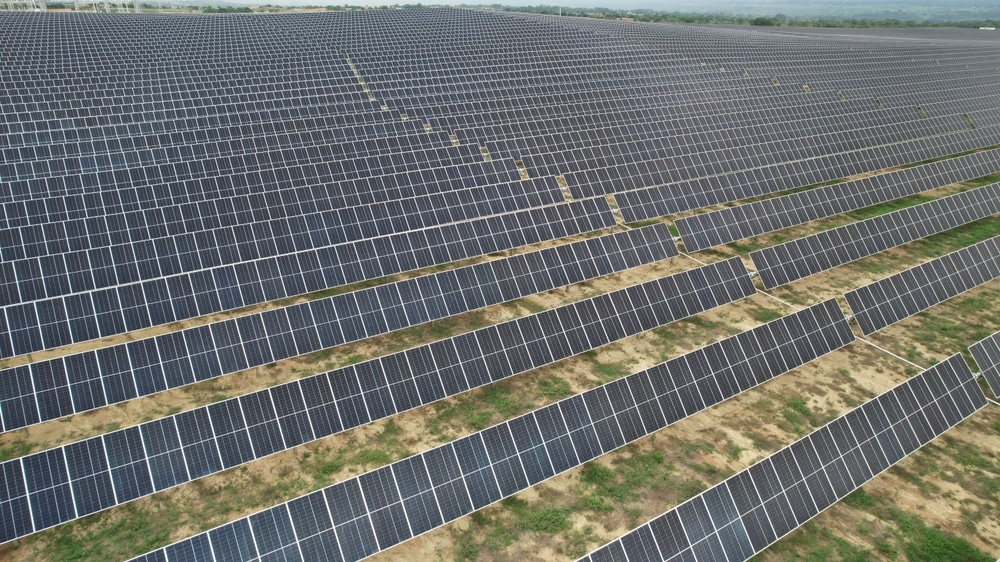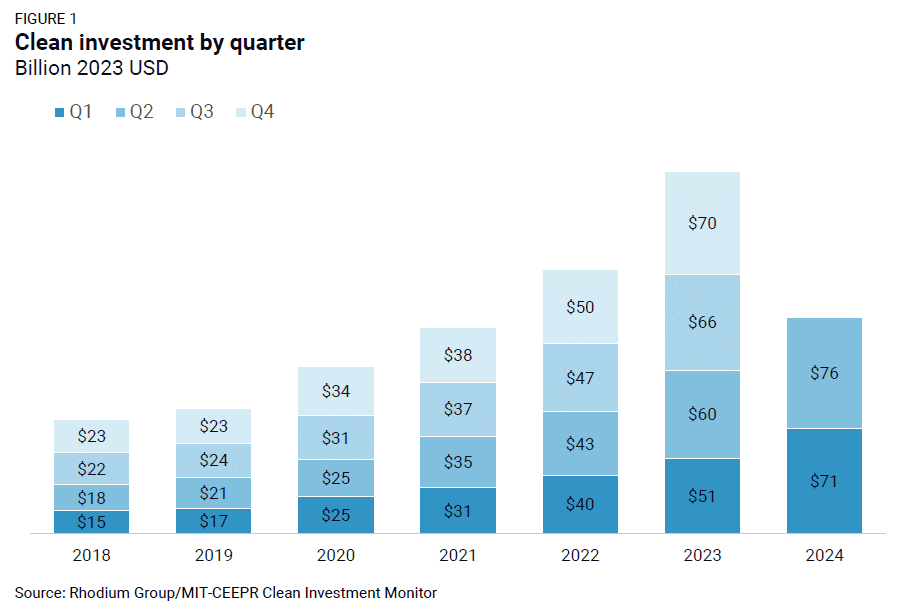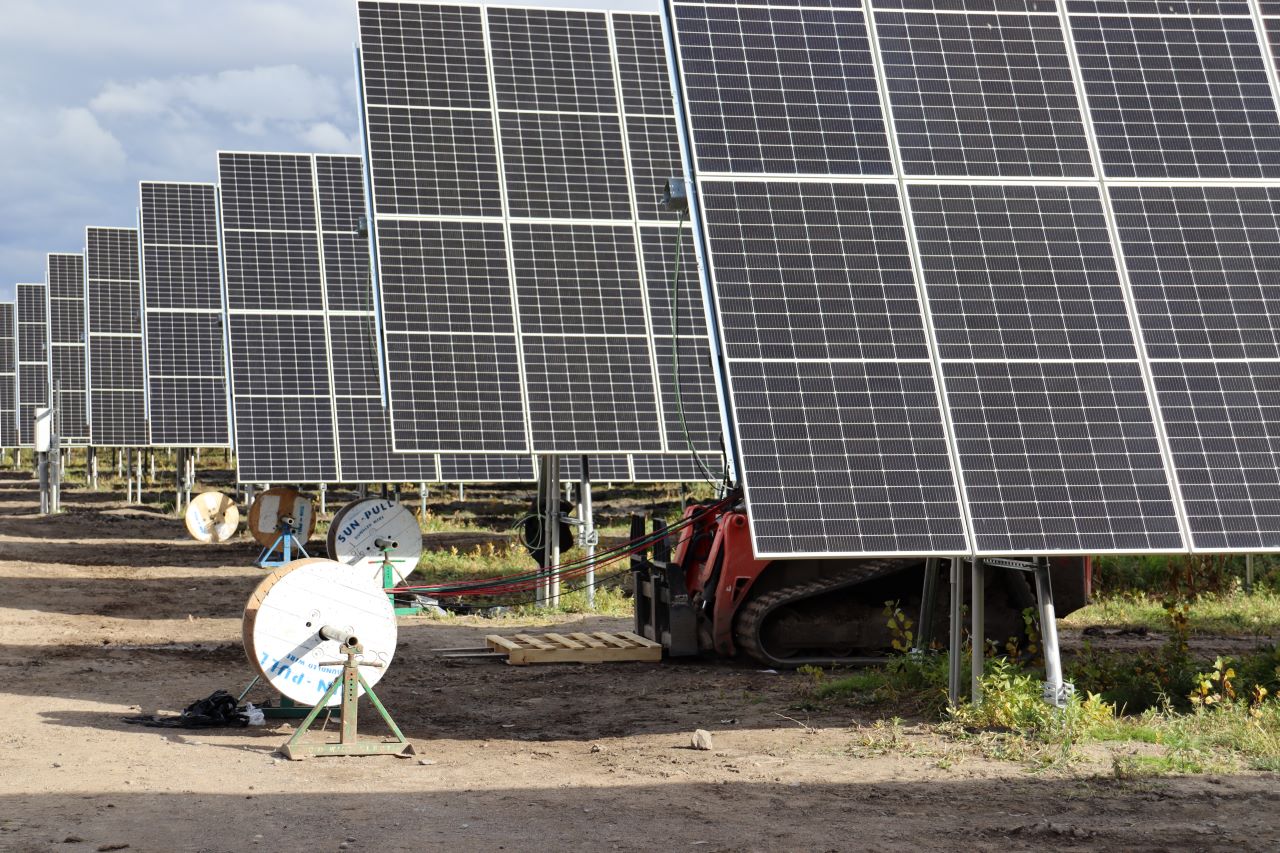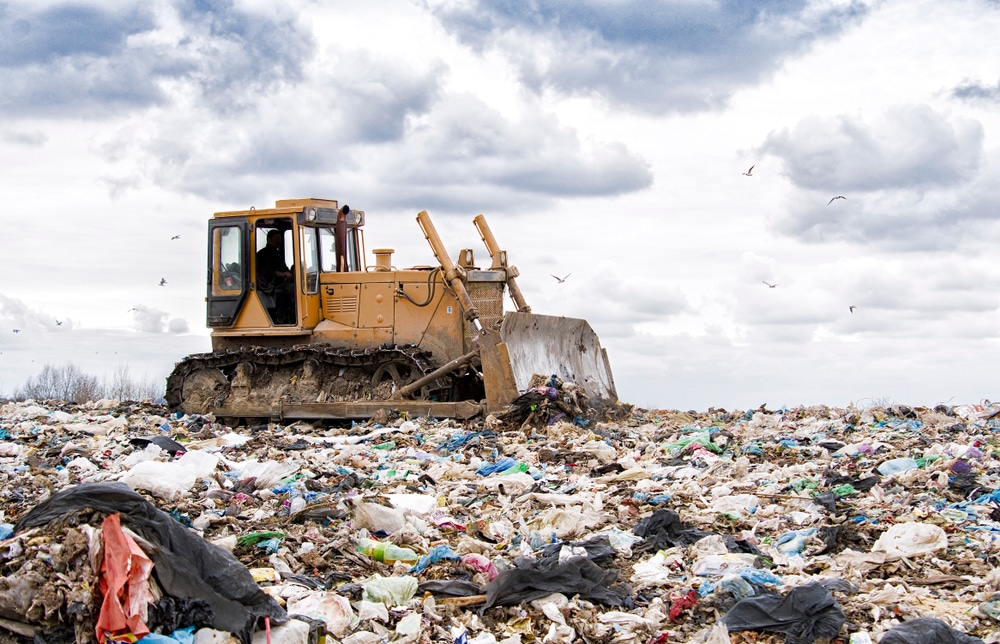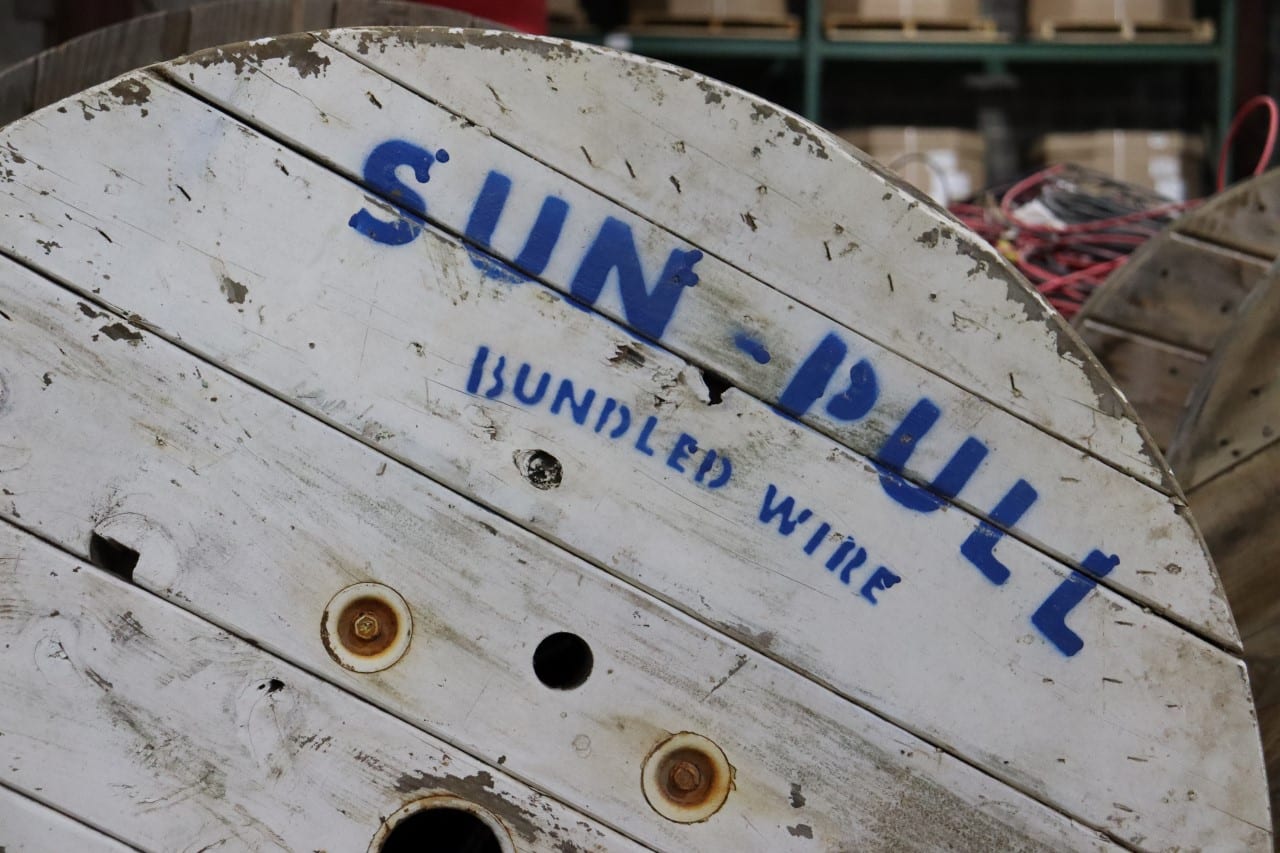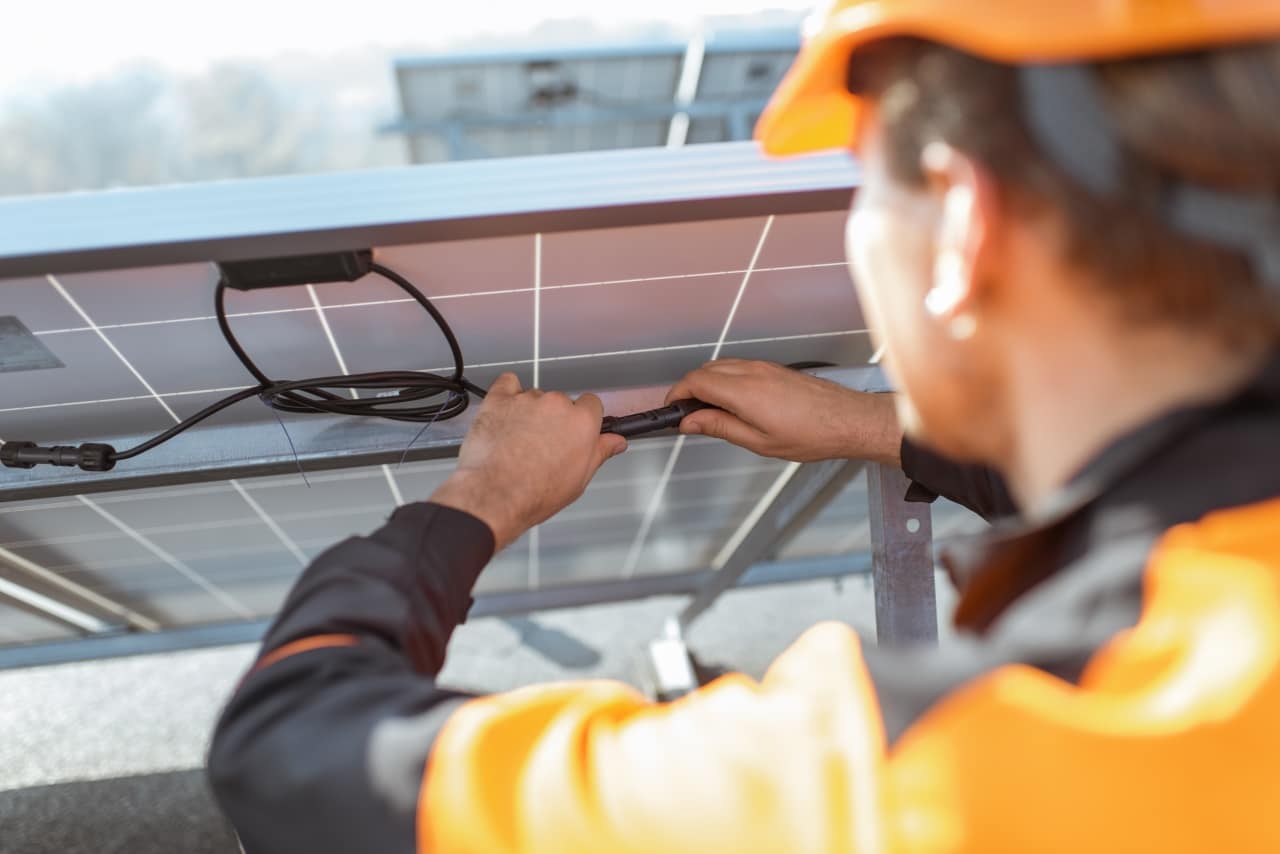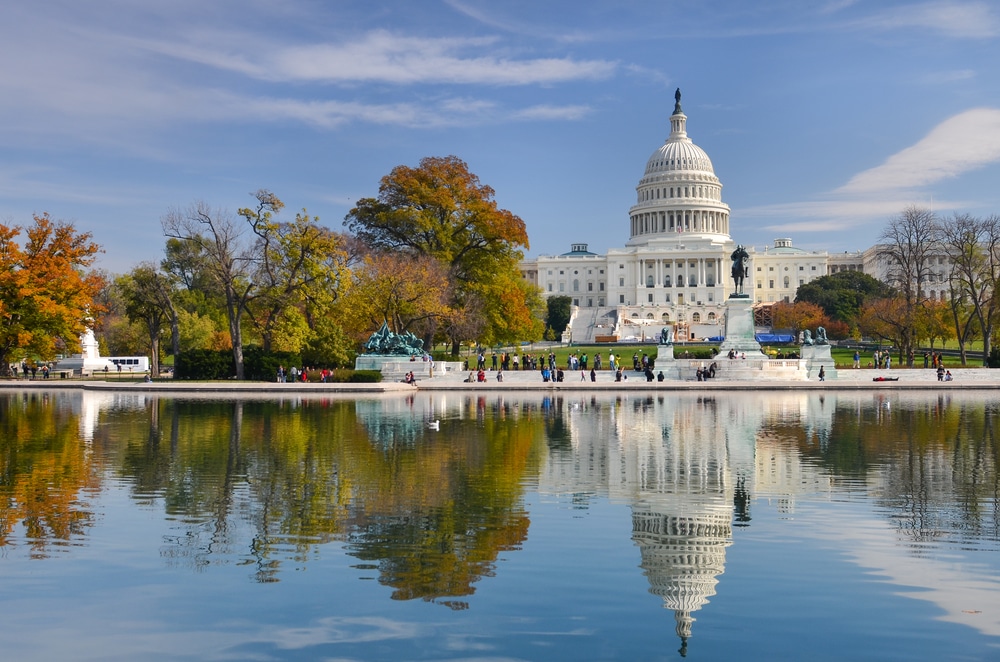Solar panel racking is a mundane yet vital part of any utility-scale solar installation.
Harnessing solar energy is more than simply pointing panels at the sun. Despite looking like simple infrastructure, ground-mounted racking can vastly improve a solar operation’s overall performance.
Racking systems allow operators to precisely angle panels to optimize generation and maximize results over the system’s lifespan. Luckily, solar EPCs have access to several types of racking systems to fit any budget, environment, or climate.
Fixed Tilt Solar Racking
True to its name, fixed tilt solar racking holds the solar panel at one tilt angle.
Since the panels do not track the sun’s movement, installers must find the angle that maximizes sunlight absorption. This angle, called the azimuth, helps the panel collect as much sun as possible during peak hours.
Azimuth angles use true north and the sun’s position to find the perfect direction to face the sun. To calculate the azimuth, developers can use the National Renewable Energy Laboratory’s Solar Position Algorithm to get results within 0.0003 degrees.
Pros of Fixed Tilt Racking
So, why do solar EPCs like using fixed-tilt systems for certain projects? It comes down to ease of installation and upkeep, durability, and application.
Fixed tilt systems don’t have complex tracking systems, making them easy to install almost anywhere, ultimately saving time and labor costs. The system’s straightforward design also makes it useful across residential, community, and utility-scale projects.
Fixed-tilt systems are more durable than other options. They need little maintenance over their usable lifespan and have a low risk of losing the sun’s position. The racking systems also do well in poor weather conditions, including where snow could be an issue.
Finally, installers prefer fixed tilt systems when working with brownfields and other challenging landscapes. Brownfields are former industrial or commercial sites that may have environmental contaminants, making them unattractive for regular development. In cases like this, solar panel systems stationed in poured concrete hold up the panels without disturbing the ground too much.
Concrete pads or blocks work in other challenging locations, too. Rolling hills make it hard for some tracking systems to work, but fixed-tilt systems don’t have similar problems.
Cons of Fixed Tilt Racking
Despite being cost-effective, durable, and easy to install, fixed tilt racking falls short in other ways.
Because the racking system doesn’t move, solar panels don’t follow the sun through the sky. This limits the amount of sunlight the panels absorb, making them less efficient.
Less efficiency also leads to another problem – less production. To offset the lack of production, developers may need to install more panels to achieve better results. The additional panels require space, leading to higher land costs and expenses.
Shading can also cause issues for solar panels attached to fixed tilt racking because of their lack of movement. If a tree casts shade on a section of solar panels, their production plummets without a way to change direction.
Single Axis Systems
Unlike fixed-tilt mounting systems, single-axis ones follow the sun using tracking components.
Because the system tracks the sun, panels collect more sunlight, leading to better solar power generation. Though they cost more than fixed-tilt options, their increased output means sites need fewer panels to produce the same power.
To save money, developers can also install panels in long rows, using one drive system to control all the trackers at once. The cost is a little more burdensome in tight areas with shorter aisles because the installation requires more drives.
Pros of Single-Axis Racking
Single axis tracking setups are more expensive but prove their value by increasing long-term electricity generation.
Moving, even in one lateral direction, makes a dramatic difference for most systems, including those in small spaces. Experts suggest single-axis setups are somewhere between 15-30% more efficient than fixed-tilt ones. This is because panels can keep pace with the sun all day.
Furthermore, single-axis racking reduces impacts caused by shade. As the sun moves, the panels follow, as opposed to becoming trapped at a bad angle for hours on end.
Cons of Single-Axis Racking
When you introduce more complexity to a system, you increase the risk of something going wrong.
While fixed tilt systems offer an easy-to-maintain, no-frills experience, single-axis systems need more maintenance. They also require space to allow the panels to safely move along their axis. When space is an issue, there may be less room for panels.
Increasingly complex systems also come with higher price tags, as developers can expect to pay more for a single-axis system, compared to a fixed tilt one. Though the price may cause some cost-conscious developers to shy away, the added generating power helps soften the blow.
Finally, it’s worth noting that single axis tracking systems don’t always perform well on difficult terrain. Whether it’s hilly areas, brownfields, or other tough conditions, setting up panels in one row is hard. As a result, solar EPCs must find creative ways to safely run these systems.
Double (Dual) Axis Systems
What’s better than a solar panel that follows the sun across the sky? How about a solar panel that tracks the sun’s elevation at the same time?
Not only do double-axis trackers follow the sun east to west, but they can also move north to south, tracking elevation too. PV systems outfitted with dual-axis solar racking systems are up to 40% more efficient than standard fixed tilts. The result is a system capable of generating maximum electricity every day of the year.
Pros of Double-Axis Racking
One benefit of being incredibly efficient is that installations can often do more with less.
When panels follow the sun better, farms need less space and fewer panels to achieve similar results. For developers, it means getting more power out of the same plot of land, reducing project costs.
More importantly, double-axis tracker systems can negate issues caused by shade or clouds. When shade covers the panels, they can be repositioned, optimizing the situation and generating clean power.
Cons of Double-Axis Racking
Better technology often means higher costs.
For some solar developers, the high upfront cost to install double-axis racking can be a tough pill to swallow. Unlike fixed-tilt trackers, these complex systems often require skilled workers to install, calibrate, and maintain them.
Maintenance is critical to keeping a double-axis system running smoothly. If the trackers don’t work, they can’t follow the sun, hurting overall production and return on investment. However, with proper maintenance and care, the farm can “pay” developers back over time.
Finally, it’s possible that even with proper maintenance, tracker components may wear out before the panels. Panels can go decades with only routine maintenance and cleaning, but moving parts tend to show wear and tear much sooner.
Options for Every Installation
Every installation is different, so developers and their teams should decide what racking is best for their situation.
Budget-friendly options are easy to install and perform well across a variety of landscapes but are less efficient. Tracking systems dramatically increase energy generation but are more expensive and need more maintenance.
No matter what, work alongside qualified companies and partners who understand your project’s needs and goals. Their experience and expertise can help you avoid pitfalls and navigate unexpected problems, making installations smoother and more productive.


